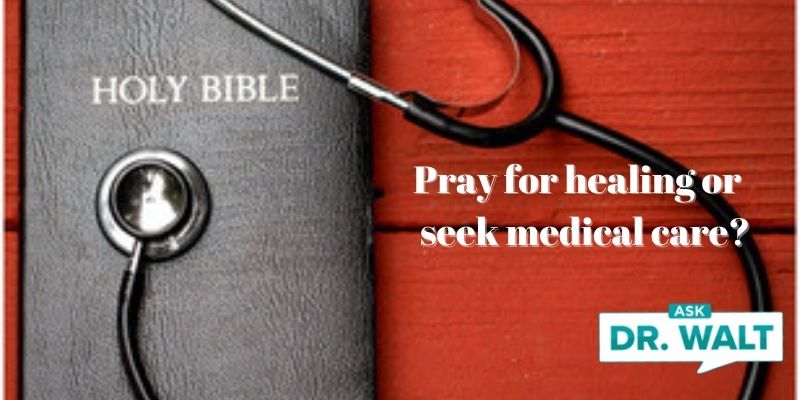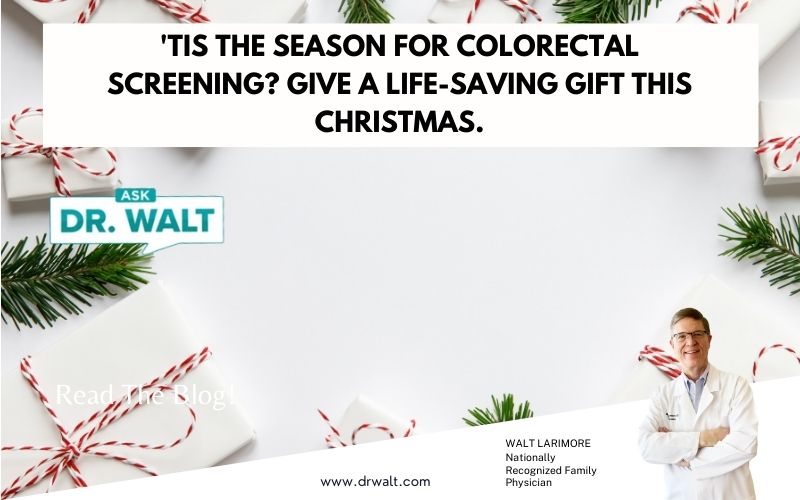6 tanning and sunscreen myths
FDA recommends sunglasses with 100% UVA/UVB rating
September 2, 2011Warning: Dosage levels reduced on acetaminophen (Tylenol) products
September 6, 2011Here are six tanning and sunscreen myths for your Labor Day Holiday weekend from MedScape:
1. A prevacation tan will protect my skin.
False.
The increased pigmentation is equivalent to about a sun protection factor (SPF) of 3. However, in the process, skin DNA is damaged. A false sense of protection translates into less use of protective sunscreen. The end result: even more sun-induced DNA damage.
2. People with darker skin don’t need sunscreen.
Yes, they do.
Skin of all colors needs sun protection. Skin cancer rates in African American and Hispanic populations are rising. Melanoma incidence rates in Hispanic patients are now comparable to rates in white patients. When these minority groups do get cancer, they have lower 5-year survival rates than white patients do. The melanoma survival rate for African American patients is 59%. It is 85% for white patients.
3. You don’t have to wear sunscreen when you’re in the car.
False.
Your skin may not burn but it can be damaged. Windshields usually provide some protection against UVA and UVB rays. But side windows and rear windows generally don’t. They filter out UVB, but UVA, the aging rays, still get through. A study in the Journal of American Academy of Dermatology found that people who spend a lot of time in the car are more likely to get skin cancers on the side exposed to sunlight during driving.
4. Wearing a T-shirt is just as good as wearing sunscreen.
It depends on the shirt.
Some tightly woven fabrics have added chemicals that can boost sun protection. But the CDC says a regular tee has an SPF of about 15 as long as it’s not wet. Dermatologists give typical T-shirts a much lower SPF rating of 3. When clothing gets wet, it loses sun protection.
5. Sunscreens protect against both UVA and UVB radiation.
Not necessarily.
It depends on the type of sunscreen, so read labels carefully. SPF applies only to UVB wavelengths. Certain ingredients like zinc oxide and titanium dioxide provide protection against both UVA and UVB.
6. Our final myth: an SPF of 30 gives twice as much protection as an SPF of 15.
Logically that seems right, but scientifically no.
SPF 15 sunscreens block 93% of UVB rays. SPF 30 sunscreens block 97% of UVB. And SPF 50 blocks only slightly more, 98%.
The bottom line?
- Wear sunscreen.
- Apply liberally and reapply often.
- Wear sunglasses. Make sure they have UV protection, which has nothing to do with how dark the lens is. Polarization in itself does not block UV light. Look for sunglasses that block all UV radiation up to 400 nm, which essentially means they block 100% of UV rays.
- And don’t forget to wear a hat.






